Save the Bees: How to Make Your Garden a Bee Haven
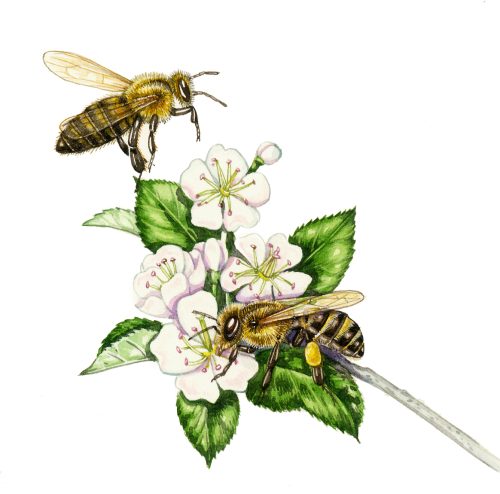
Save the bees and make your garden a Bee haven! This week’s Guest article provided by Oscar Owens.
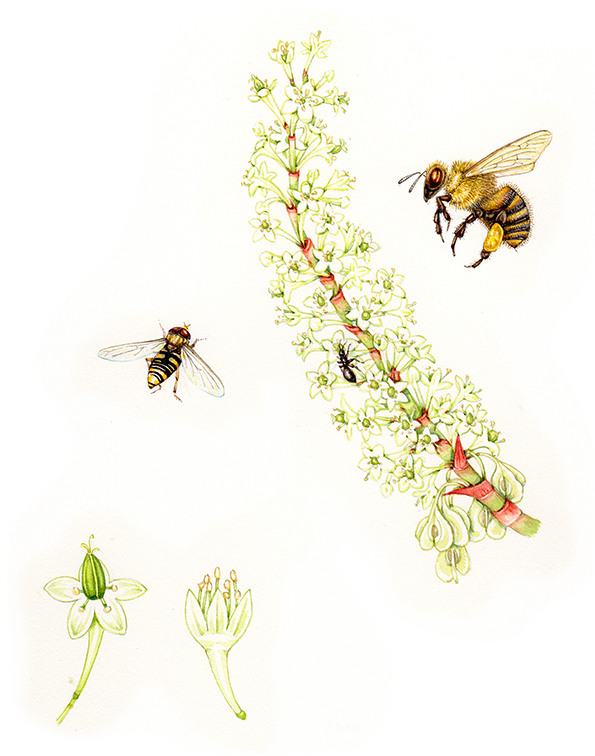
There are very few small creatures that make the headlines, but bees are one of them. Unfortunately, it’s almost always negative news. That’s why people keep asking: ‘how can we make our garden a safe haven for these ecological refugees?’
Bees are indispensable and crucial members of the ecosystem. As eco blogger Gus Stewart wrote in his guest post ‘Support the Bees and Save the World’, losing even a few fruit species could cause undue pressure to our own food production. It could even hurt the economy.
Bees are in trouble around the world, as more species become lost and colonies collapse. An analysis of more than 700,000 records published on the BBC revealed that approximately a third of bee species are in decline in the UK alone. Around 11 species were lost, on average, for every square kilometre of the country between 1893 and 2013.
The White-tailed bumble bee pictured below is still a common garden visitor. Other species have been less fortunate.
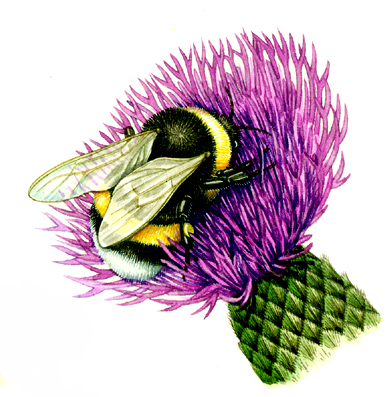
From climate change to the proliferation of pesticides toxic to them, this multi-factorial decline has huge repercussions. However, researchers also say that wildlife-friendly gardening can help mitigate this. It can have a positive impact on bees. Here’s how you can help:
Avoid pesticides and (if possible) bug sprays
This should be obvious. It should be noted: neonicotinoids found in pesticides are harmful and toxic to bees. While the EU banned the chemicals from all crops in the region, a recent study from the University of Sussex found that suburban gardens remain contaminated with the bee-killing pesticide. This is because many bug sprays are not covered by the ban. Many of the plants friendly to bees are already bug resistant, so ditching its use in the garden should be easy. Many plants (like bulbs) simply wouldn’t benefit from them. Besides, what’s a few bug-bitten leaves when you can help protect an entire species?
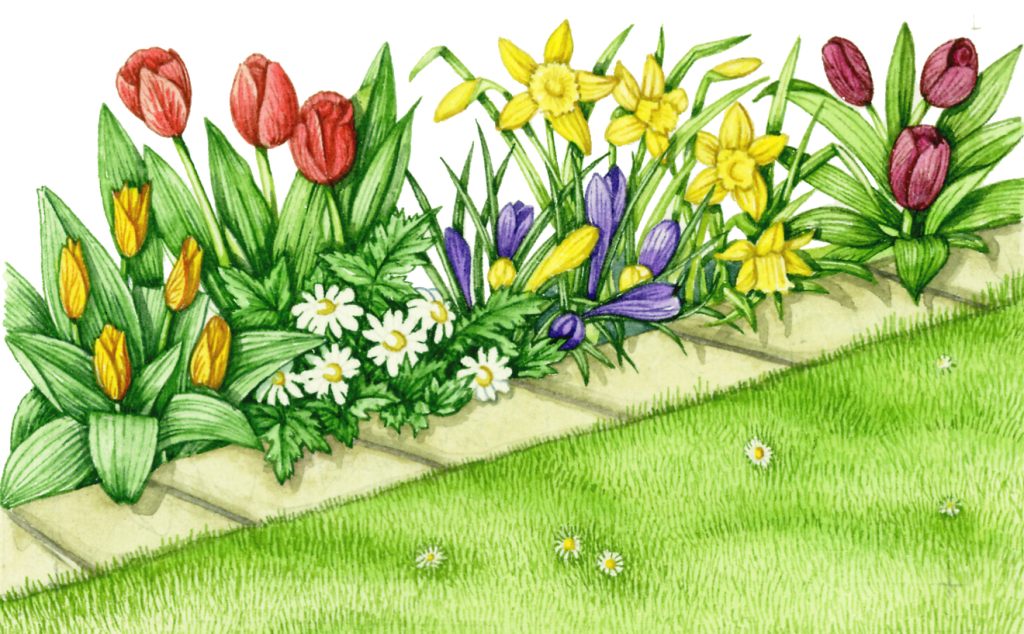
Choose native
As mentioned above, bees are integral and co-evolved with the local biosphere. Planting indigenous plants is the best way to boost their pollinator efficiency. It also attracts a wide diversity of bee species. This also means not mowing your garden too much. A healthy lawn is a patchwork of wild species, not just grass. Weeds, especially flowering ones, are beneficial to bees.
The illustration below shows a meadow, not a lawn. However, if you have a larger garden perhaps you could consider including a wild-meadow area?
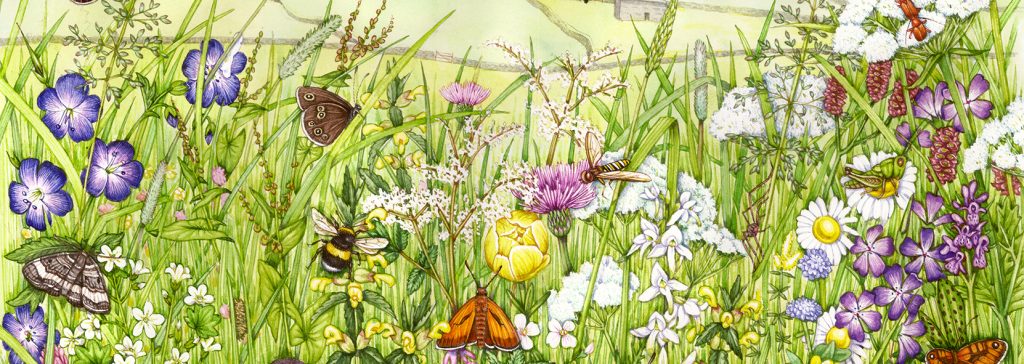
Diversity is key
A combination of different plant and flower types also helps attract a wide range of bee species. Planting non-native plants can extend the flowering season while woolly plants like lamb’s ears and mullein can attract species like the wool carder, the largest solitary bees in the UK. You should also plant as diverse as you can from flowering shrubs to vines—emulating the wild habitat bees look for. If you lack space for many different types of plants you should look to take advantage of plants that can grow to reasonable heights on vines or screens. The wide variety of garden screens that are listed on Screwfix show how many designs are made with natural materials such as reeds and bamboo. Natural garden screens can help more plants to grow high compared to individual vines, and are ideal for people in urban areas with little garden space. Plants that are able to climb up vines or screens also have the potential to have more flowers, which in turn will encourage more bees.
The diagram below was done for National geographic books and shows a garden planted with bees in mind. Dviersity is indeeed key.
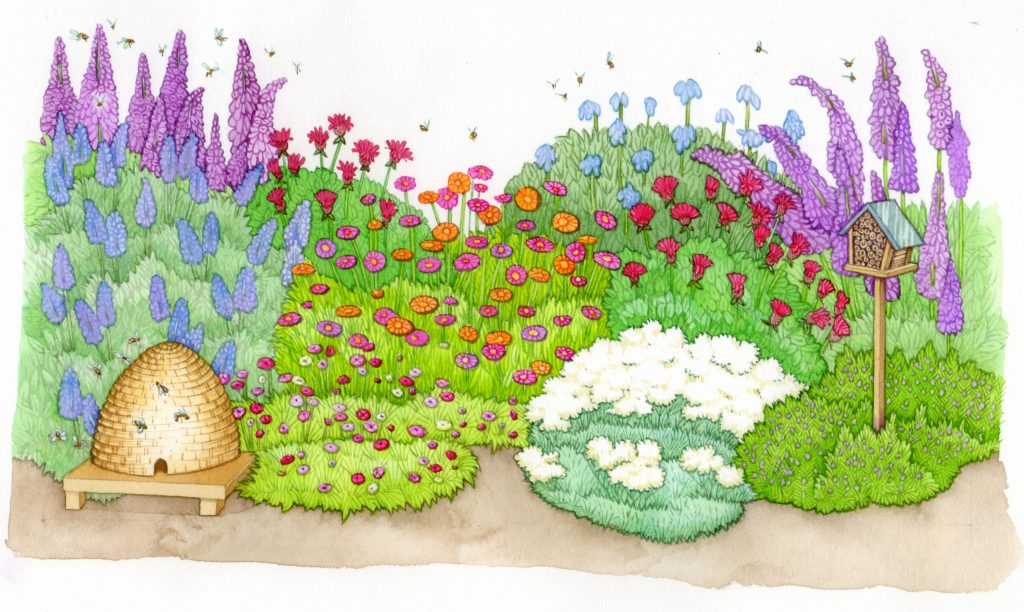
Mind the season
A good bee-friendly garden should flower from early spring to mid-autumn. This means you have to plan out the succession of blooms from your flowers. By staggering flowering times, you’re ensuring that your garden offers enough nectar for the whole season. Long blooming plants such as Snowberry and perennials help fill in the gaps between the short-term bloomers, such as this pear tree. Early bloomers like lilac are good for long-tongued bumble bees. For more tips on creating a bee garden, and what to plant, check out this blog on Tips for creating a Bee Garden.
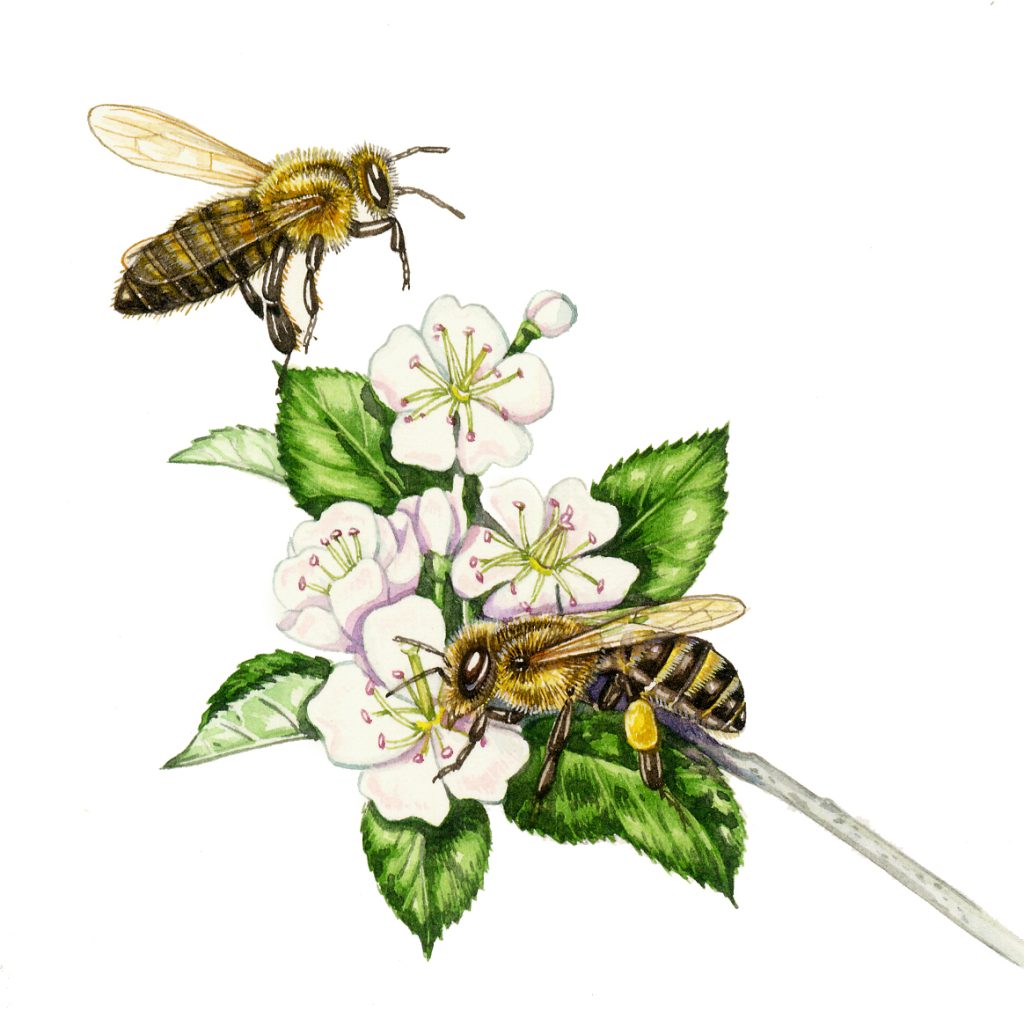
Create habitats
If you want to extend a more hospitable hand to the bees, make sure your garden is more of a habitat than a pit stop. Include water sources like birdbaths that they can use to digest food and regulate their body temperature. You can create nests and bee hotels for bees (below) that are looking for hollow trees or holes to lay their eggs in. Some species live underground so make sure you leave a small patch of land or sand where they can burrow in. This way, you’re more proactive in providing them a home rather than a temporary place to pollenate.
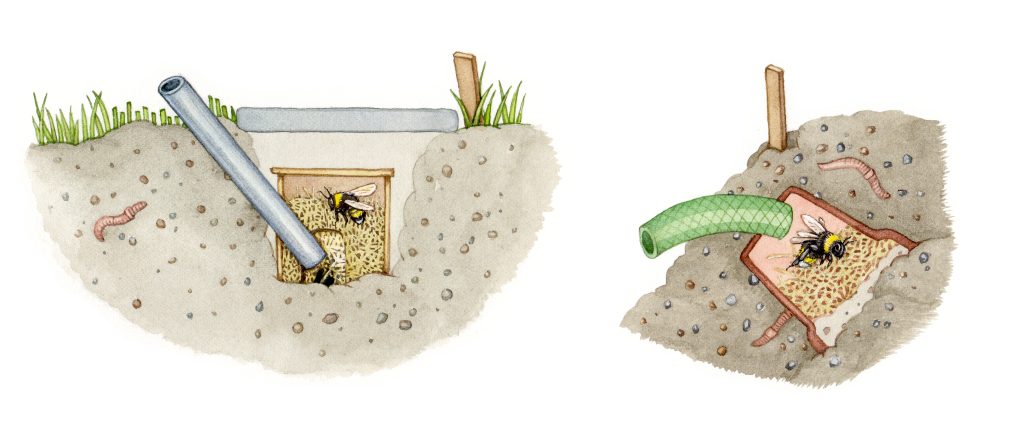
While there are numerous initiatives that help the bees, creating a bee haven in your garden is one of the best ways homeowners can help.
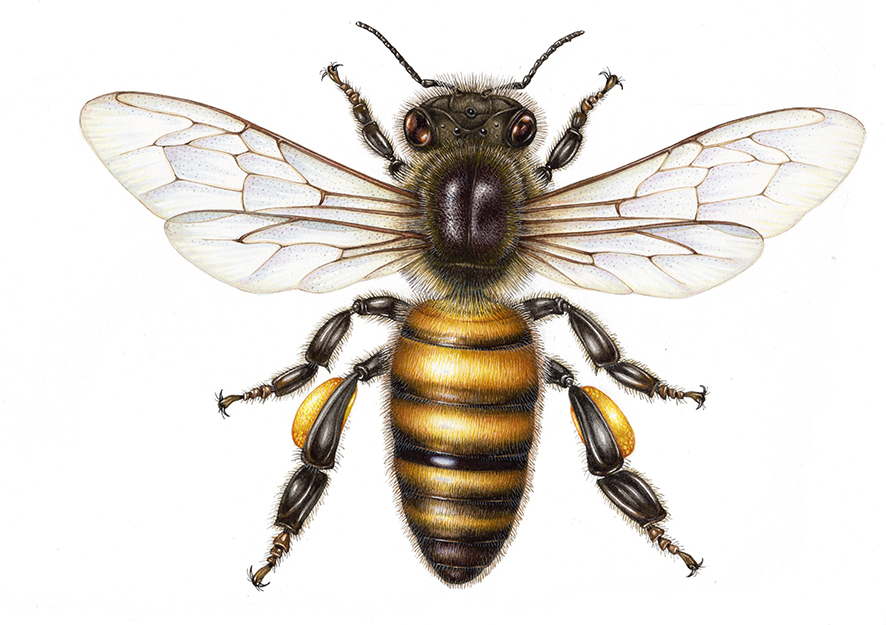


exquisite I can hear the bees thank you for the joy.
Hi Glenys, Thanks! Its always important to support animals and plants we care about, so having a guest in to write about helping bees was a pleasure. Thanks for the comment. x
Thank you for all of this information. My garden is evolving and I always try to limit the grass cutting
Leaving large margin between the fence/hedge and wall. I DID NOT KNOW BEEs burrowed and will add this feature for them..
Your work as always inspires me. June
Hi June
I know, its when you know a little mroe about the wildlife in our gardens that you can cater better for them. I just found a red-tailed bumble bee nest under a stone step in my garden – I will NOT be weeding round there or disturbing them anytime soon! SO glad the article helped. And thanks for your generous comment!
X